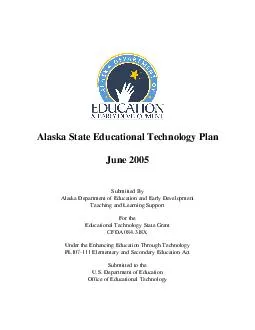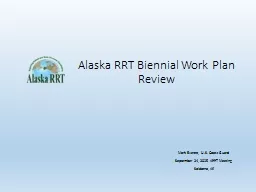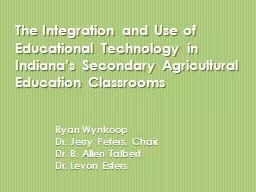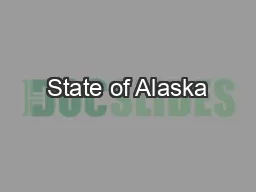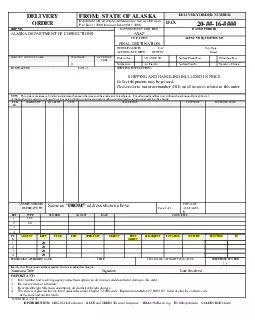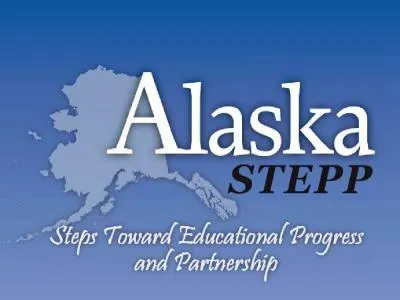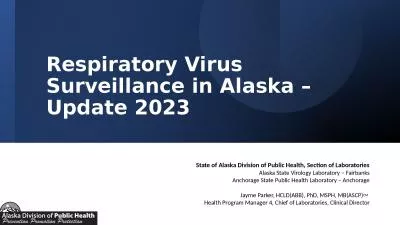PDF-Alaska State Educational Technology Plan
Author : natalia-silvester | Published Date : 2016-07-02
June 2005 Submitted By Alaska Department of Education and Early Development Teaching and Learning Support For the Educational Technology State Grant CFDA 084318X
Presentation Embed Code
Download Presentation
Download Presentation The PPT/PDF document "Alaska State Educational Technology Plan" is the property of its rightful owner. Permission is granted to download and print the materials on this website for personal, non-commercial use only, and to display it on your personal computer provided you do not modify the materials and that you retain all copyright notices contained in the materials. By downloading content from our website, you accept the terms of this agreement.
Alaska State Educational Technology Plan: Transcript
Download Document
Here is the link to download the presentation.
"Alaska State Educational Technology Plan"The content belongs to its owner. You may download and print it for personal use, without modification, and keep all copyright notices. By downloading, you agree to these terms.
Related Documents

